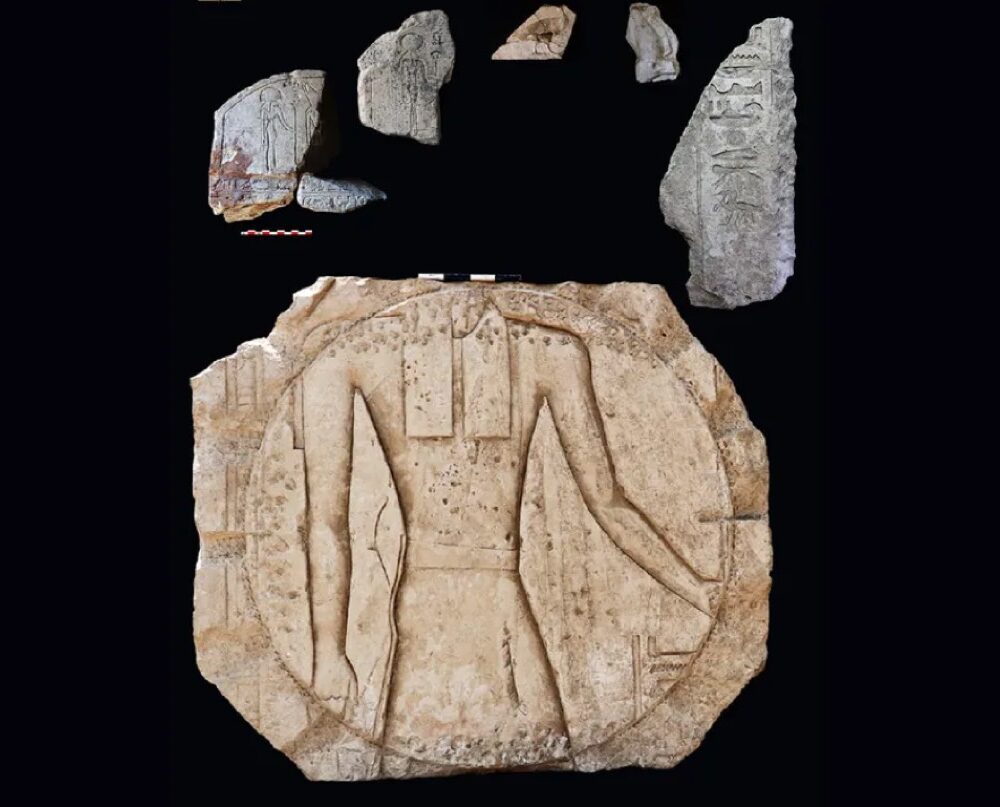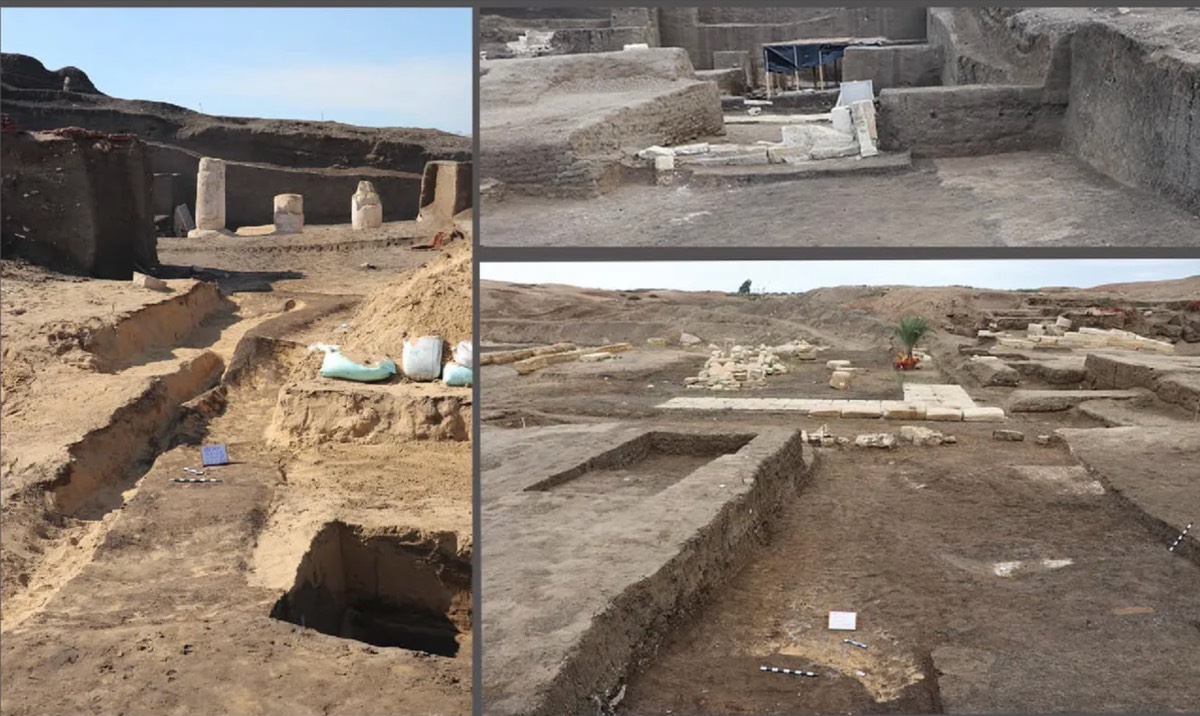Anthropology
Related: About this forumArchaeologists found an ancient Egyptian observatory
Expedition leader: "Everything we found shattered our expectations."
Jennifer Ouellette – Oct 8, 2024 7:15 AM

Archaeologists found inscribed stones at a site they believe was an astronomical observatory. Credit: Ministry for Tourism and Antiquities
A few years ago, Egyptian archaeologists discovered what they thought were the ruins of an ancient Egyptian temple dating back to the sixth century BCE. Subsequent finds at the site indicate that the structure was actually an astronomical observatory, deemed the first and largest such structure yet found, according to Egypt's Ministry of Tourism and Antiquities.
The L-shaped structure was found within a larger complex called the Temple of Buto (a later Greek name), known to the ancient Egyptians as Per-Wadjet and located east of Alexandria in the Nile Delta. It's now called Tell El Fara'in ("Hill of the Pharaohs" ) . Buto was once a sacred site dedicated to the goddess Wadjet, believed to be the matron and protector of lower Egypt, who took on a cobra form. Buto was well-known for its temple and the oracle of Wadjet, with an annual festival held there in her honor.
There were archaeological excavations of the site in the 1960s and 1980s, revealing a palace dating back to the Second Dynasty, as well as six Greek bathhouses. An Egyptian team began fresh excavations a few years ago. In 2022, they uncovered a hall at the southwestern end of the temple, with the remains of three papyrus-shaped columns aligned on a north-south axis. They also found engraved stone fragments and a limestone painting of a bird's head wearing a white crown within two feathers.

An overview of the excavation site at Tell El-Faraeen, where archaeologists uncovered the first known ancient Egyptian observatory. Credit: Egyptian Ministry of Tourism and Antiquities
The approximately 9,150-square-foot structure had a traditional gateway at the east entrance and a carving facing east (toward the rising sun). Within the hall were images of various Egyptian deities typically associated with the sky, notably Horus in the form of a falcon, who is also the son of Wadjet. The team found numerous smaller artifacts associated with ritualistic practices as well, such as a bronze statue of Osiris, amphorae covers, pottery, and a beaded necklace (menat) often worn as a protective amulet.
More:
https://arstechnica.com/science/2024/10/archaeologists-found-an-ancient-egyptian-observatory/
Permanut
(6,636 posts)Delightful to see this research being done. Thanks for bringing it here, Judi Lynn!
ARTI104
(1 post)Can you illustrate the observatory that you have uncovered for all to see or send a sketch?